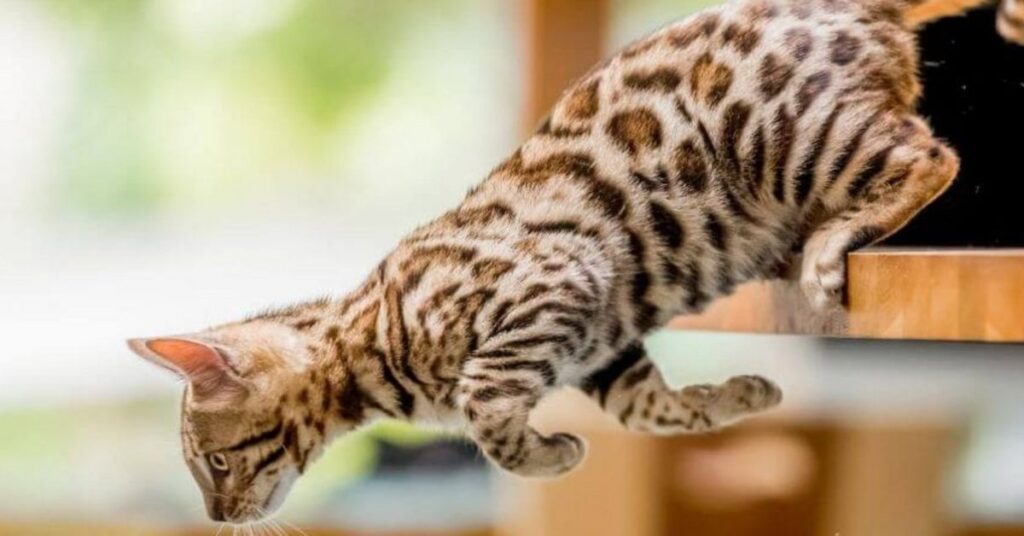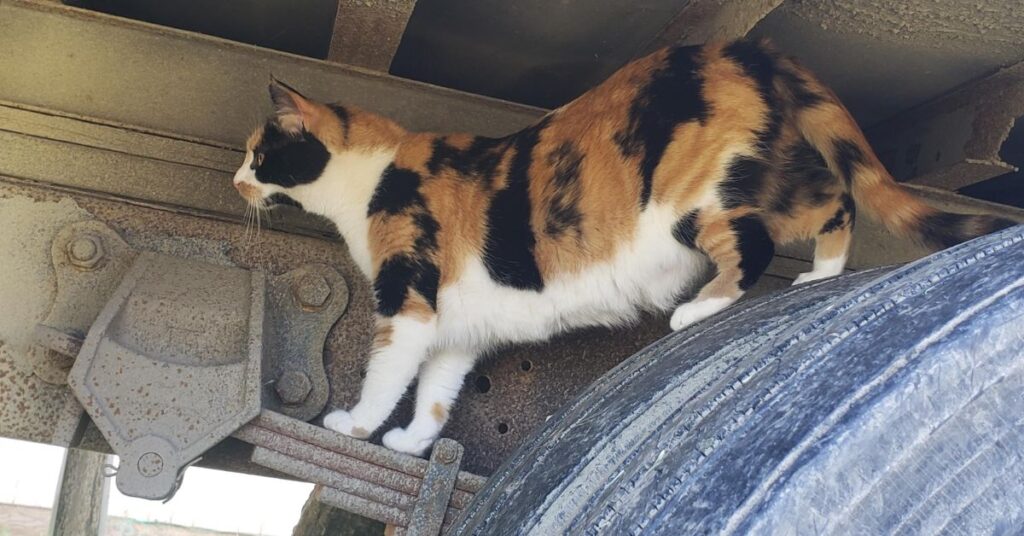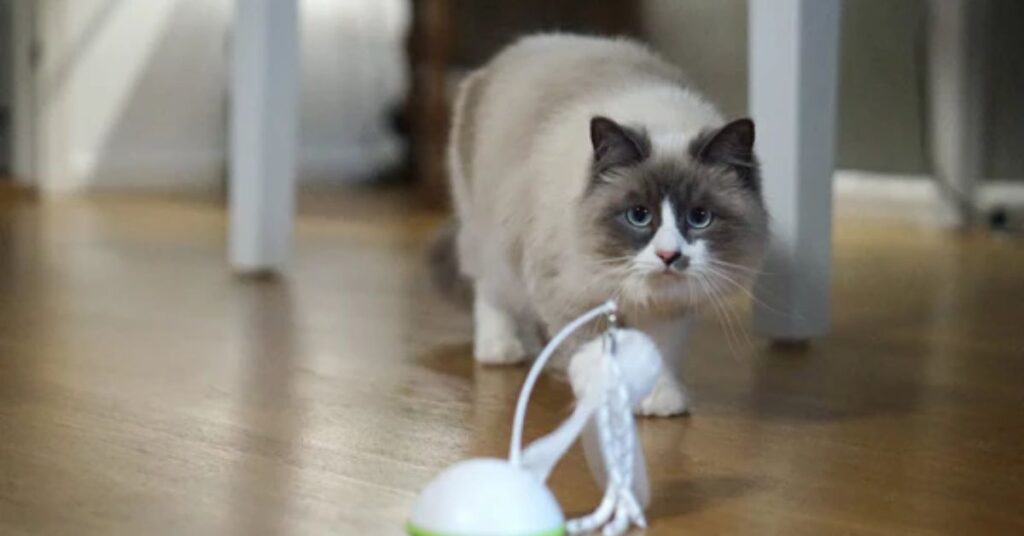Do Cats Like Bubbles?-A Comprehensive Guide
Assuming you have at any point blown rises for youngsters or pets, you could have contemplated whether your feline is similarly captivated by these bright spheres. Felines are perceived for their lively nature; nonetheless, do they essentially delight in bubbles?
Bubbles dry in the air and land intact on the floor, waiting to be attacked by cats and dogs alike. Pets love chasing and bursting these bubbles.
Let’s dive into the bubbly world of pussycat interest and find out whether bubbles are successful with our pussycat pals.
The Science Behind Cats and Bubbles:
Cats are very curious creatures. Their playful behavior is often pushed by their instinct to seek and discover their surroundings. Bubbles can tap into this natural interest in some intriguing ways.
1. Visual Attraction:
Bubbles are bright and reflect mild in a manner that could trap a cat’s eye. Their ever-changing colourings and movements can mimic the motion of small prey. This visual stimulation can trigger a cat’s looking instincts, making them more likely to chase and pounce on bubbles.
2. Movement Patterns:

Bubbles’ erratic and unpredictable flight patterns can mimic the behaviour of insects or small animals, making them particularly enticing to cats. The floating, drifting, and surprising pops of bubbles can interact with a cat’s predatory force, encouraging them to interact with the bubbles as if they had been actual prey.
3. Physical Interaction:
While cats may not recognize bubbles, they revel in the physical sensation of chasing and batting at them. The soft, floating nature of bubbles allows cats to interact with their herbal behaviours, including pouncing and swatting, which can be exciting for them.
Also Read: Can Pygmy Goats Have Blue Eyes?-A Comprehensive Guide
Safety First: Ensuring a Safe Bubble Experience:
Before introducing bubbles in your cat’s playtime, it is vital to make sure that the experience is secure and exciting.
1. Choose Pet-Friendly Bubble Solutions:
Not all bubble answers are created equal. Some may contain elements which might be harmful if ingested. Look for bubble solutions particularly categorized as secure for pets, or take into account making your very own using non-poisonous elements. An easy blend of water and a small amount of slight dish soap may be a secure alternative.
2. Supervise Playtime:

Always supervise your cat while they are gambling with bubbles. Although the bubble answer is generally secure, it is high-quality to maintain an eye on your cat to ensure they don’t, by chance, ingest any. Screen them direct to ensure they’re having a good time and are not excessively irritated or befuddled.
3. Stay away from Abuse:
While air pockets can be tomfoolery and connecting with a toy can be dangerous, going overboard is not essential. Like any play, control is vital. Too much time spent chasing bubbles could lead to overstimulation or frustration. Keep bubble play periods brief and exciting, and always follow up with other sorts of enrichment.
Also Read: Is Nutrish A Good Cat Food?-A Comprehensive Guide
How to Make DIY Bubbles for Cats?
f you don’t want to shop for pet bubbles, you can effortlessly make your bubble solution. You need only water, a regular dishwashing cleanser, a plastic jug, and an air pocket wand.
Blend three cups of water and a portion of some cleanser in a plastic container. Shake properly until you get a bubbly answer. Then, immerse the wand in the cup of water and solution, dispose of it, and blow gently with the wand to create small, perfectly fashioned bubbles.
You also can use:
- Non-poisonous soap.
- Seventh Generation.
- Dawn dish cleaning soap.
- Organic detergent.
- Dawn dish detergent.
- A cup of corn syrup
Tips for Making Bubble Playtime Fun:
If you are prepared to introduce bubbles in your cat’s playtime, here are some tips to maximize the laugh and ensure high-quality enjoyment:
1. Start Slowly:
Introduce bubbles regularly to see how your cat reacts. Begin with a few bubbles and look at their hobby. Some cats can be intrigued without delay, even as others might need a chunk of extra encouragement.
2. Use Different Bubble Sizes:
Experiment with specific bubble sizes to see which of them capture your cat’s interest. Larger bubbles can be extra visually stimulating, while smaller ones are probably less difficult for your cat to pounce on.
3. Incorporate Interactive Toys:

Combine bubble play with other interactive toys to keep your cat engaged. For example, you can use a feather wand or laser pointer along with bubbles to create a more dynamic play experience.
4. Celebrate Success:
When your cat effectively catches or interacts with a bubble, celebrate its fulfilment with praise or a small deal. Positive reinforcement can encourage them to keep enticing the bubbles and make playtime extra exciting.
5. Observe and Adapt:
Every cat is particular, and their options might also vary. Pay attention to your cat’s reactions and modify your bubble play recurring thus. If your cat appears uninterested or frustrated, it is probably first-rate to attempt a different sort of toy or activity.
What Should I Do if My Cat Looks Sick After Bubble Play?
While two to three bubbles (small quantities) ingested by your cat are not a huge deal, dozens of them reaching its stomach can cause terrible effects.
Your kitty may revel in stomach pain, possible disappointed belly, troubles with its intestines, and digestive problems. Furthermore, even as playing, many bubbles land on the cat’s coat. During grooming, they’ll ingest the cleaning soap debris from their cat’s fur, causing stomach misery.
Moreover, the cat could possibly step on a soap stain on the ground and rub its eyes with its paw, causing an eye infection and mild irritation. Err the facet of caution; always ensure they have a drink of water close by. If you observe your cat feeling ill or with any symptoms of gastric distress after the bubble sport, pay a go to the vet. A better decision might be to contact the Animal Poison Control Center.
They will determine the chemical your cat was poisoned with and offer veterinary help. Don’t try to deal with the pain with treatments from the internet, as you do not know for sure which compound has induced the distress. Your first-rate bet is to permit specialists to perceive the source of poisoning and then prescribe a corresponding treatment.
Also Read: Can Goats Eat Beetroot Leaves?-A Comprehensive Guide
FAQ’s:
1. What do cats think about bubbles?
Not most effective will bubbles make the cats happy; watching the cats play with the bubbles will make you satisfied, too!
2. Do cats like chasing bubbles?
Some cats revel in chasing and popping bubbles. Bubbles can be infused with catnip to keep kitties even more intrigued.
3. Is it OK for cats to eat bubbles?
If your cat is most effective at pawing on the bubbles, then the risk of toxicity is low. However, if they lick their paws afterwards and ingest a large quantity, it could cause vomiting and diarrhoea.
Conclusion:
Bubbles can be a delightful and stimulating addition to your cat’s playtime routine. By expertise the technological know-how at the back of why cats are interested in bubbles, making sure of their safety, and incorporating fun playtime suggestions, you can create a superb and tasty enjoy in your tom cat buddy.
So, grasp a bottle of puppy-friendly bubble solution and watch as your cat leaps, pounces, and chases after the spell-binding orbs. It’s an easy yet powerful manner to add a little more fun to your cat’s day!






